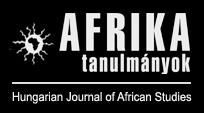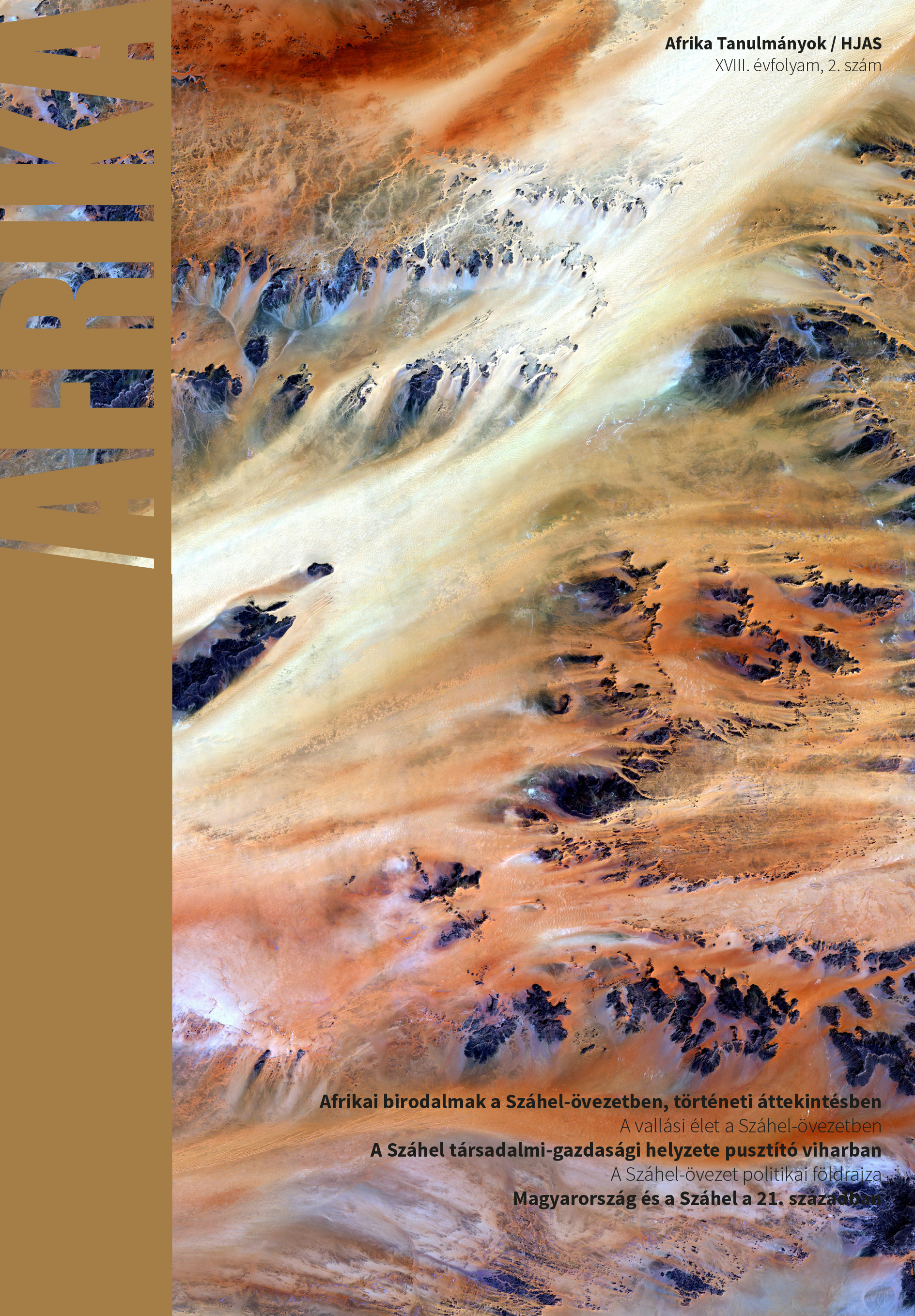Religion in the Sahel Region
DOI:
https://doi.org/10.15170/AT.2023.18.2.2Keywords:
conversion, jihad, ethnic antagonism, fundamentalism, Islam, Christianity, Salafism, secularism, syncretism, Sufism, religionAbstract
The essay presents a brief overview of religious life within the Sahel region. After a short précis of the geographical, ethnic and linguistic characteristics of the region and of the history of the term Sahel and its synonyms, a detailed discussion of the three typical varieties of Muslim religiosity follows: the traditional forms of Islam (with special emphasis on syncretic folk beliefs and religious practice), the main groups of religious mysticism or Sufism, and the reform movements of recent times such as Wahhabism and Salafism. Given the numerical and cultural preponderance of Muslims within the population of the region, the essay must necessarily focus on Islam. However, it also discusses the situation of religious minorities, both the dwindling but still existing animist populations and the small but politically important Christian communities left behind by western missions. The intermittent Christian-Muslim conflicts that periodically flare in some of the southernmost parts of the region are also examined, stressing that the notion of a systematic persecution of Christians is inadequate to describe these conflicts, which tend to have more to do with the ethnicisation of religious identities. The essay concludes with a brief discussion of movements of violent religious extremism and jihadism, and their strife against secular states in this predominantly Muslim region.
Downloads
Published
How to Cite
Issue
Section
License

This work is licensed under a Creative Commons Attribution-NonCommercial-NoDerivatives 4.0 International License.
















